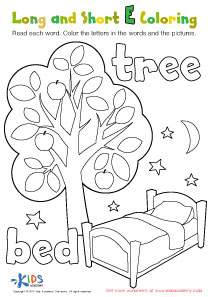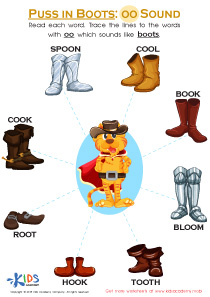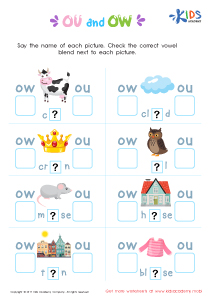Normal Short Vowels Worksheets for Ages 4-7
17 filtered results
-
From - To
Explore our collection of "Normal Short Vowels Worksheets" designed for children ages 4-7. These engaging worksheets help young learners master the basics of short vowel sounds through fun, educational activities. Each worksheet focuses on a different short vowel, providing plenty of practice with word recognition, pronunciation, and spelling. Perfect for early grade teachers and parents, these worksheets are ideal for supporting reading and writing development in the classroom or at home. Download our worksheets to give your child a strong foundation in their literacy journey. Discover a joyful learning experience today!


Long and Short Vowel Match up Reading Worksheet
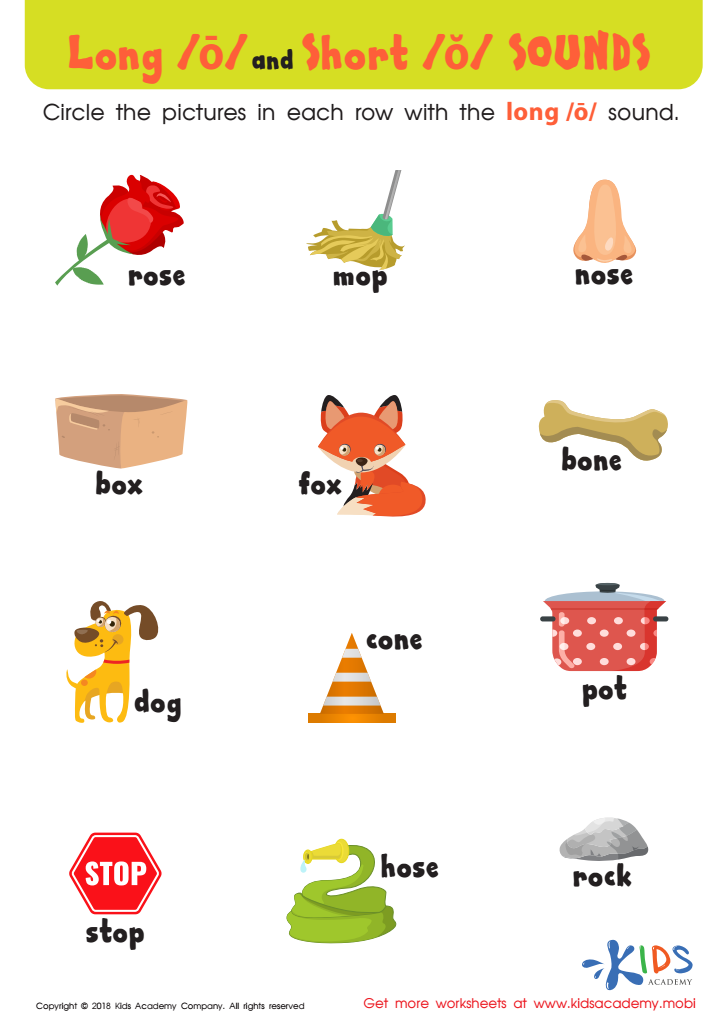

Reading: Long O and Short O Sounds Worksheet
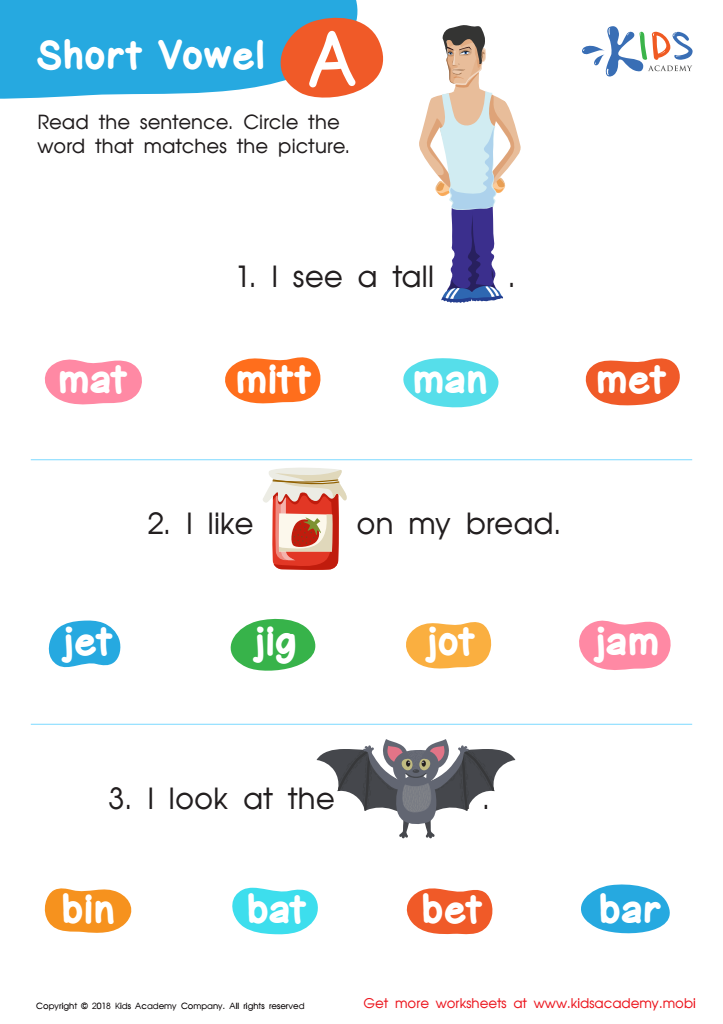

Short Vowel /a/ Worksheet


The Short I Words Reading Worksheet


short vowels Worksheet


Short Vowels /e/, /i/, and /u/ Worksheet
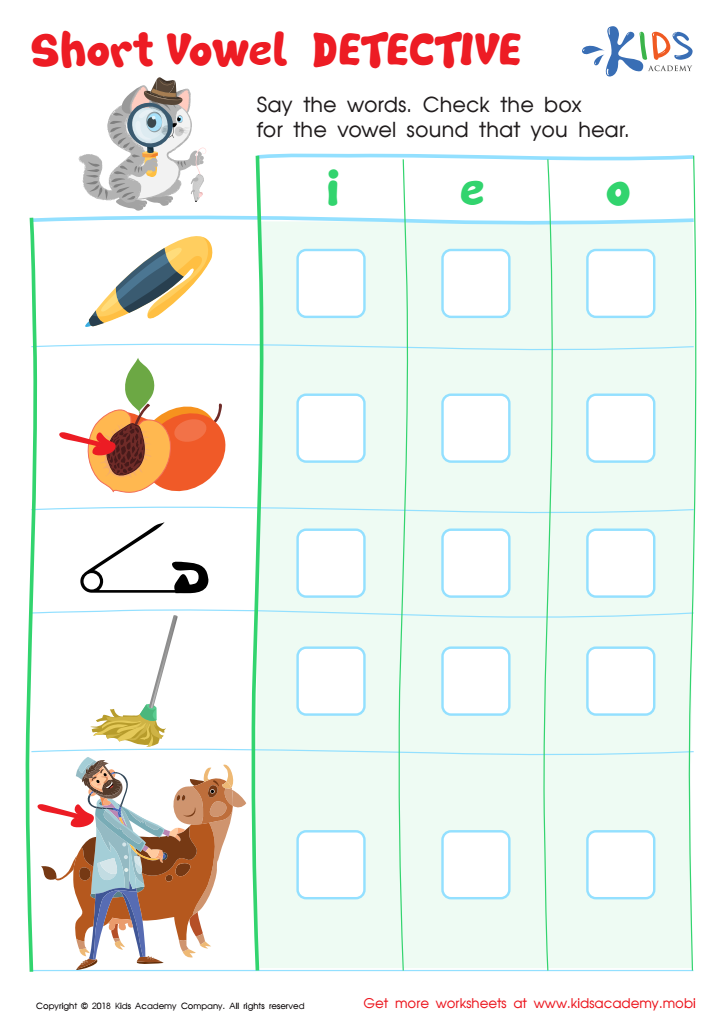

Short Vowel Detective Worksheet
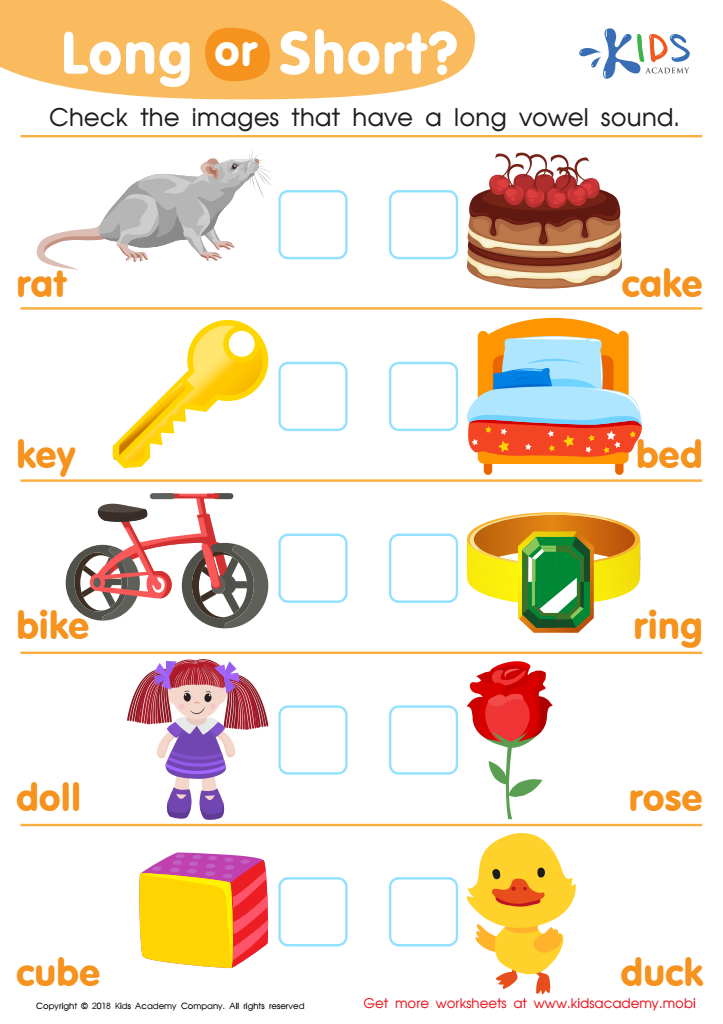

Long or Short Reading Worksheet


Short Vowel Eggs Worksheet


Long and Short U Worksheet
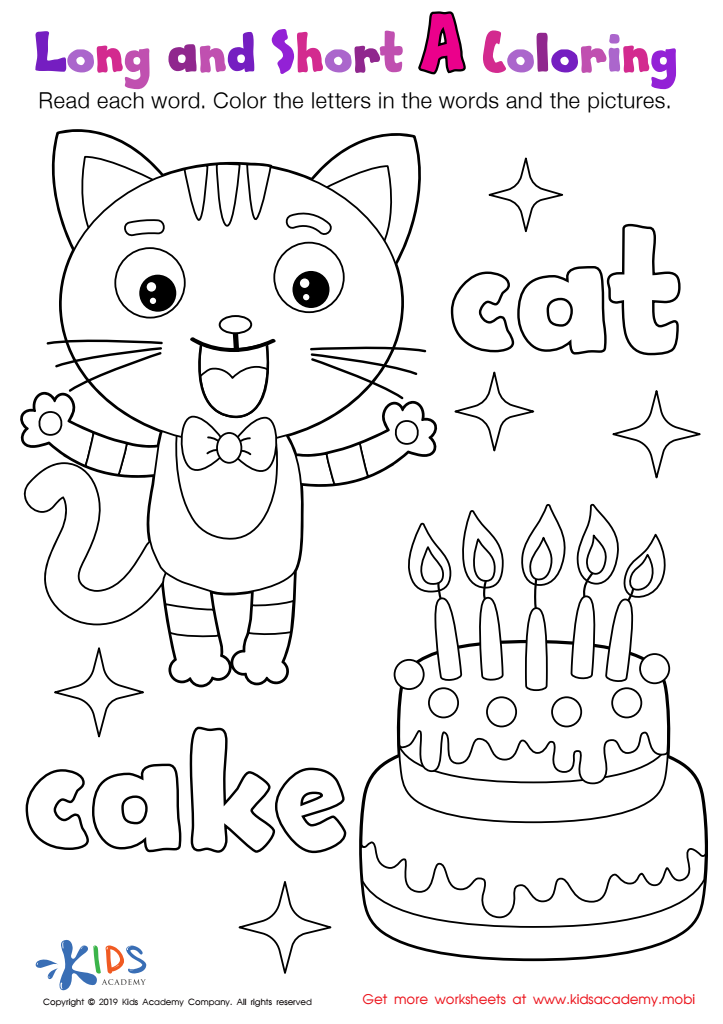

Long and Short A Worksheet


Two Sounds for OO Worksheet
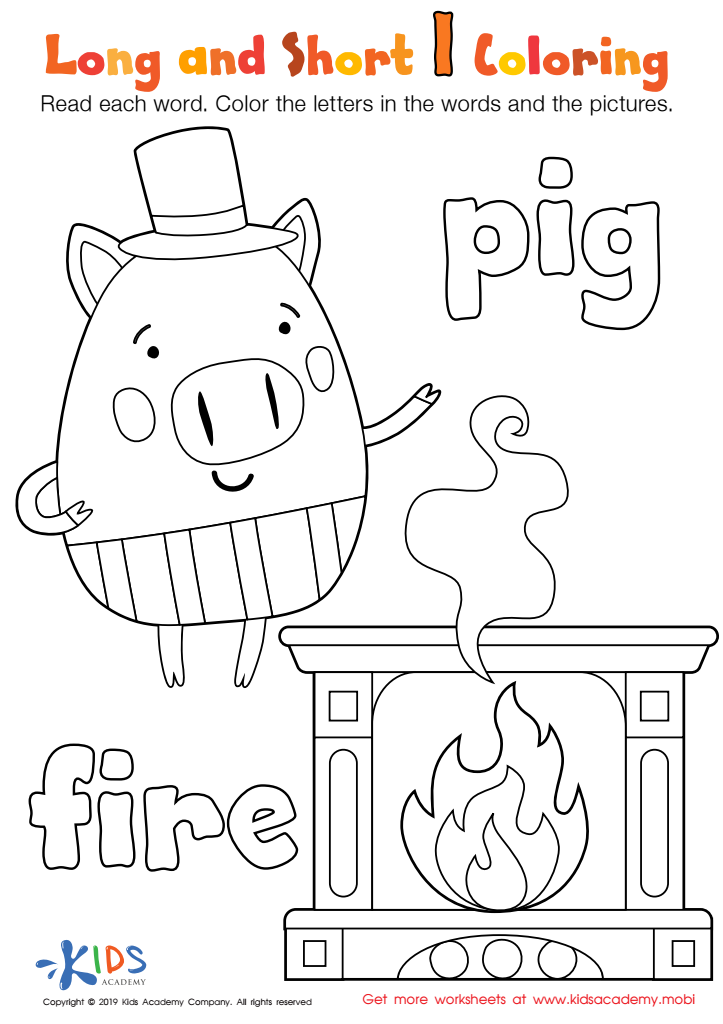

Long and Short I Worksheet


Long and Short O Worksheet
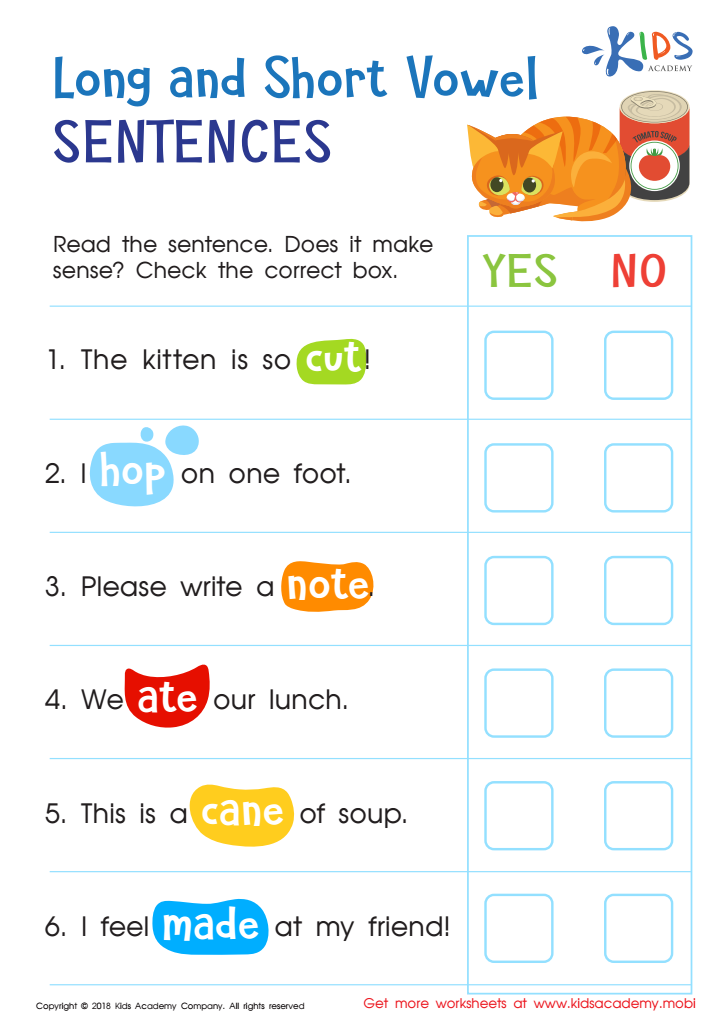

Long and Short Vowel Sentences: Assessment Worksheet


Reading: EA as in Bread Worksheet


Long and Short E Worksheet
Parents and teachers should be invested in teaching normal short vowels to children aged 4-7 because mastering these sounds is foundational for early literacy development. Short vowels, which include sounds found in words like “cat,” “pet,” “sit,” “cot,” and “bug,” are among the simplest components of the English language and critical for decoding basic words. Understanding and recognizing these vowels help children with pronunciation, spelling, and ultimately reading fluency.
At ages 4-7, children’s brains are particularly receptive to language acquisition. Introducing short vowels within this window supports phonemic awareness, an essential skill in breaking down and blending sounds to form words. Missing this foundational step could lead to difficulties with more complex reading and writing tasks later on. By consistently practicing short vowel sounds through engaging activities, songs, and guided reading sessions, young learners can build their confidence and proficiency in reading.
Moreover, early success with short vowels encourages a love of reading, promoting long-term academic success. The foundational skills acquired through early mastery of short vowels act as building blocks for more complex literacy skills, which is why both parents and teachers should prioritize and support vowel learning at this critical developmental stage.
 Assign to My Students
Assign to My Students








